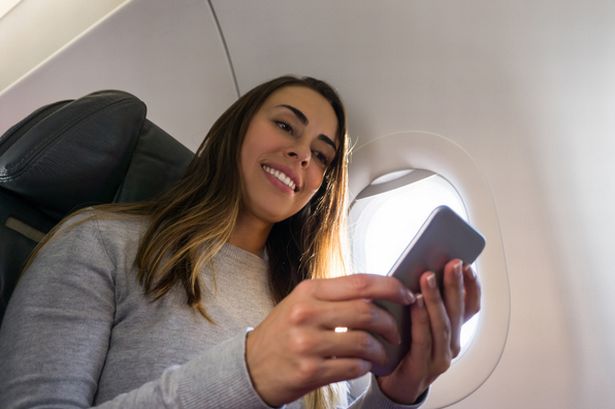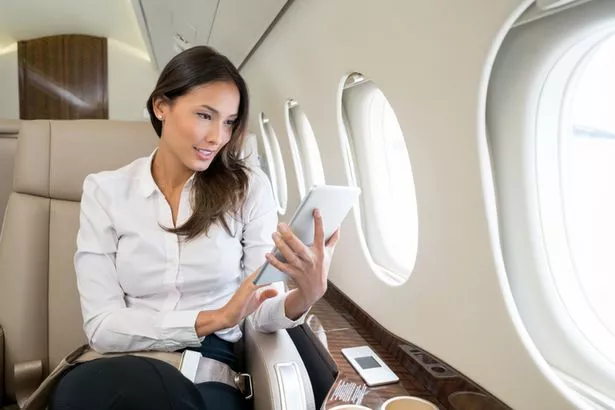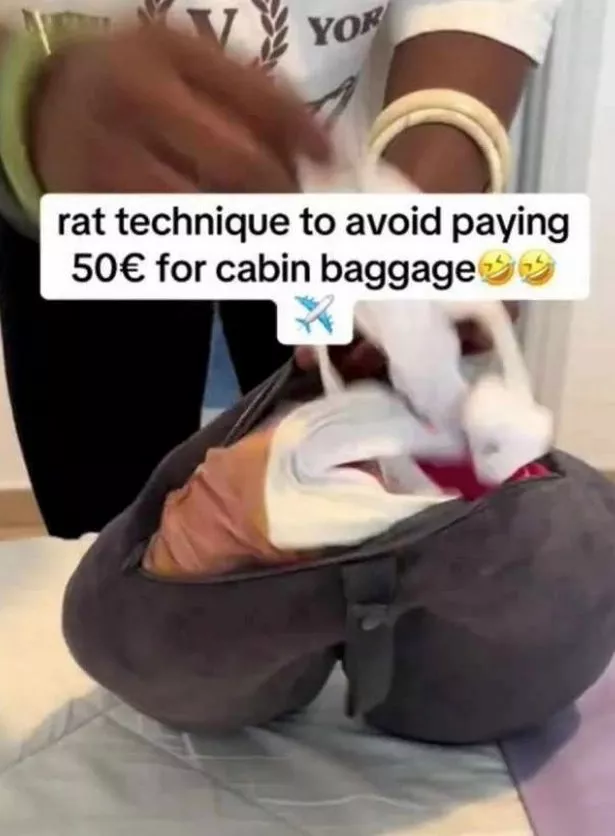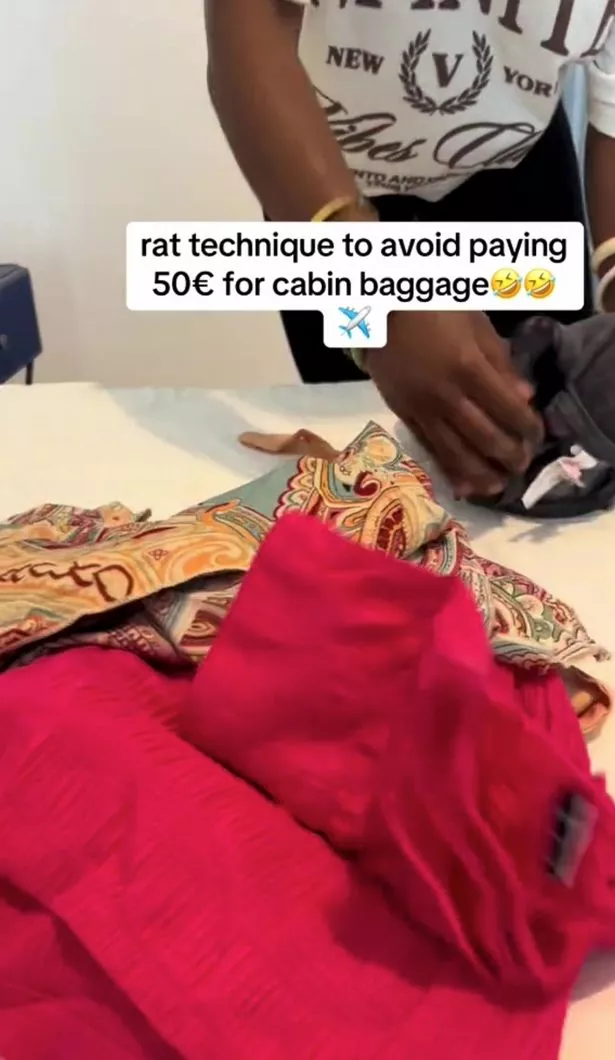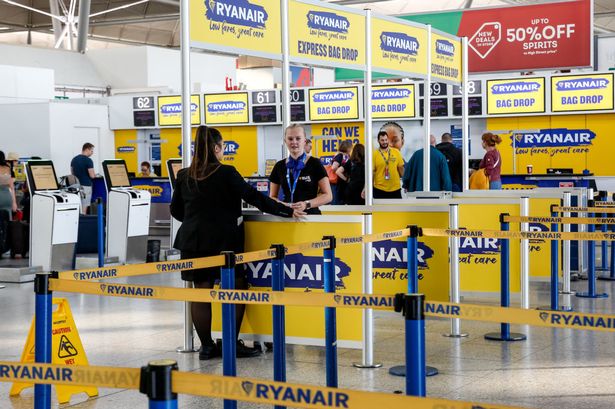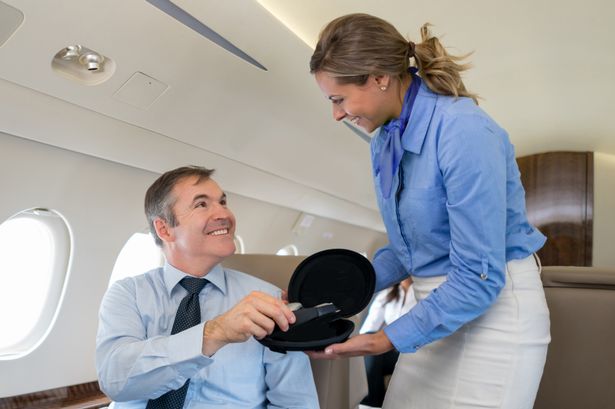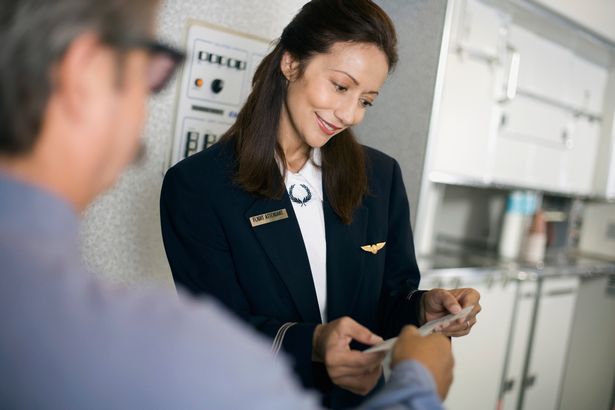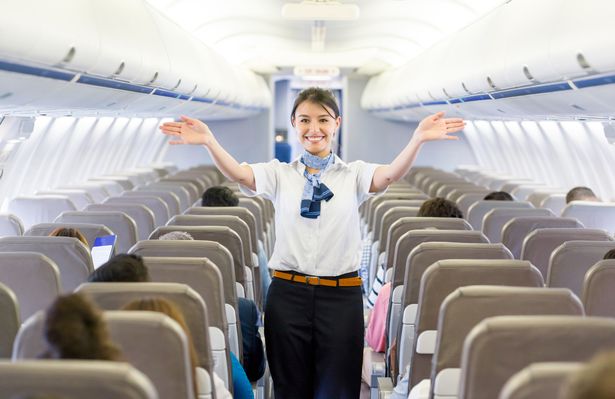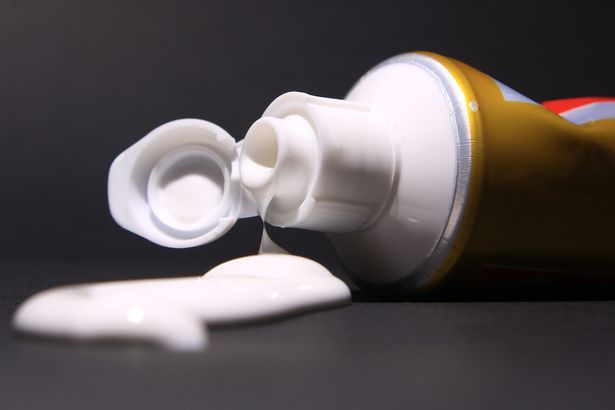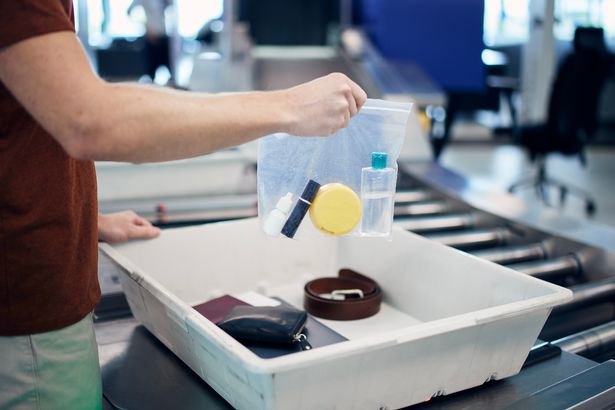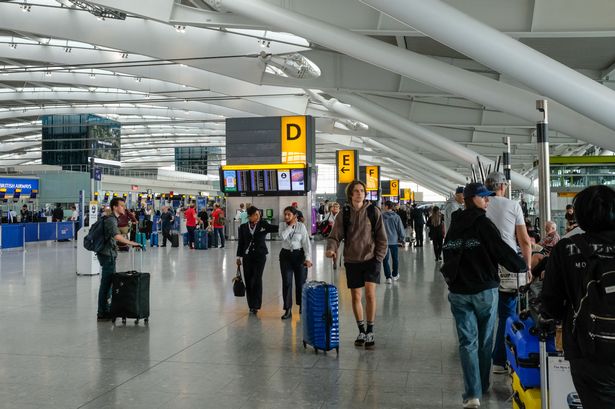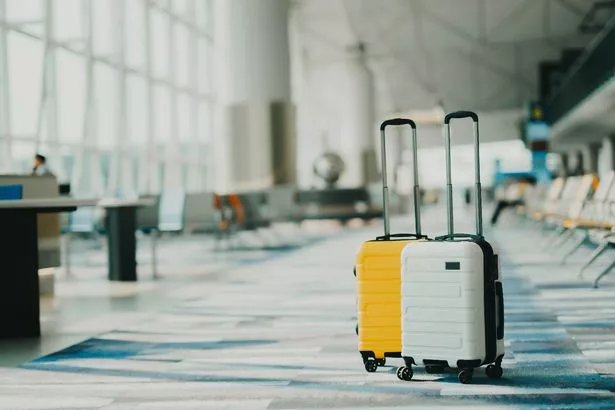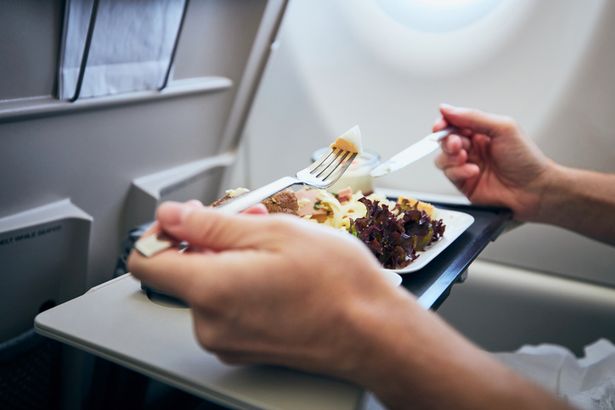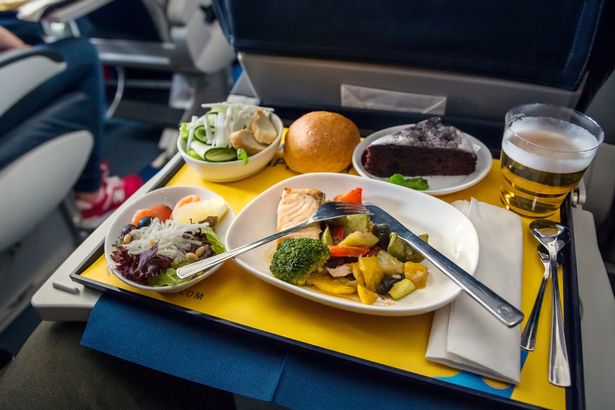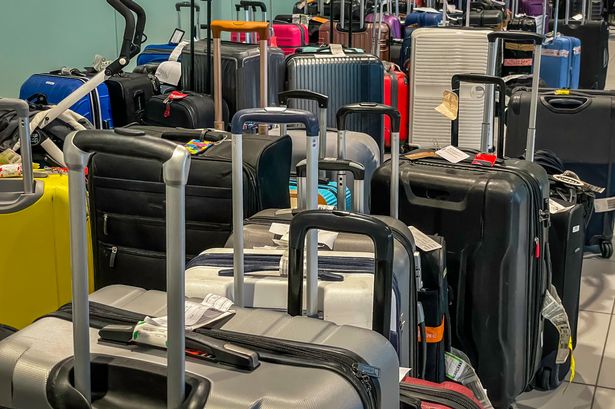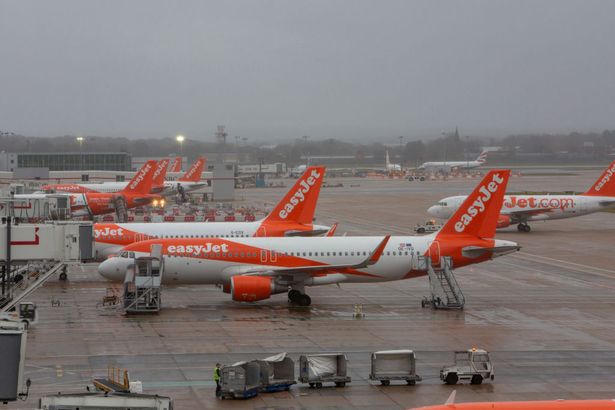Before you settle in for a comfortable long-haul flight, there’s one thing you need to do for added peace of mind.
According to one travel expert, incorporating this extra step into your pre-flight routine can save you from an unexpected charge when you return home.
Georgia Brivida, of international SIM provider Sim Local, is advising British holidaymakers to switch off the autoplay feature on their phones before boarding their flight. She says neglecting to disable this setting could lead to a hefty charge. According to Brivida, this unassuming setting can drain data and rack up your phone bill – often without you even realising it.
“Autoplay is a feature that automatically plays videos as you scroll through apps like Instagram, TikTok, Facebook and YouTube, often without you even tapping play. It’s fine when you’re connected to Wi-Fi at home but when you’re abroad and paying per megabyte, it can quietly burn through your data in no time just from using your phone like you normally would,” says Brivida.
READ MORE: Genius packing hack praised as traveller avoids paying £43 for extra luggage
If you fail to disable the setting you’re likely to scroll quickly through your socials as you normally would – even streaming a short video to kill idle travel time – draining your data all the while.
Streaming a video on platforms like YouTube or Netflix for just 10 minutes can use up to 100MB of data, according to Sim Local. As well, scrolling through TikTok or Instagram uses around 20MB and listening to music or podcasts on Spotify may use around 15MB.
Web browsing uses slightly less at around 10MB in just 10 minutes. But if you spend 30 minutes scrolling through TikTok while waiting for your taxi when you land, that’s roughly 60MB of data gone and watching just a few YouTube videos en route to your hotel will burn through another 200MB.
Over several days of your holiday it is all too easy to rack up several gigabytes of data and if without the right roaming plan, you could be looking at a phone bill in the triple digits.
Thankfully, turning off autoplay is very simple and it’s worth doing to save yourself an expensive bill, plus it’ll give you more control over when your data is used.
How to switch it off
To switch it off on iOS (iPhone), simply go to Settings, then Accessibility and tap on ‘Motion’. Find the toggle switch for Auto-Play Video Previews and turn it off
On Android phones, go to Settings then scroll down and select Google, select All Services, then tap ‘Search, Assistant & Voice’ and select ‘Other Settings’. From here click on Autoplay video previews and select ‘never’.
